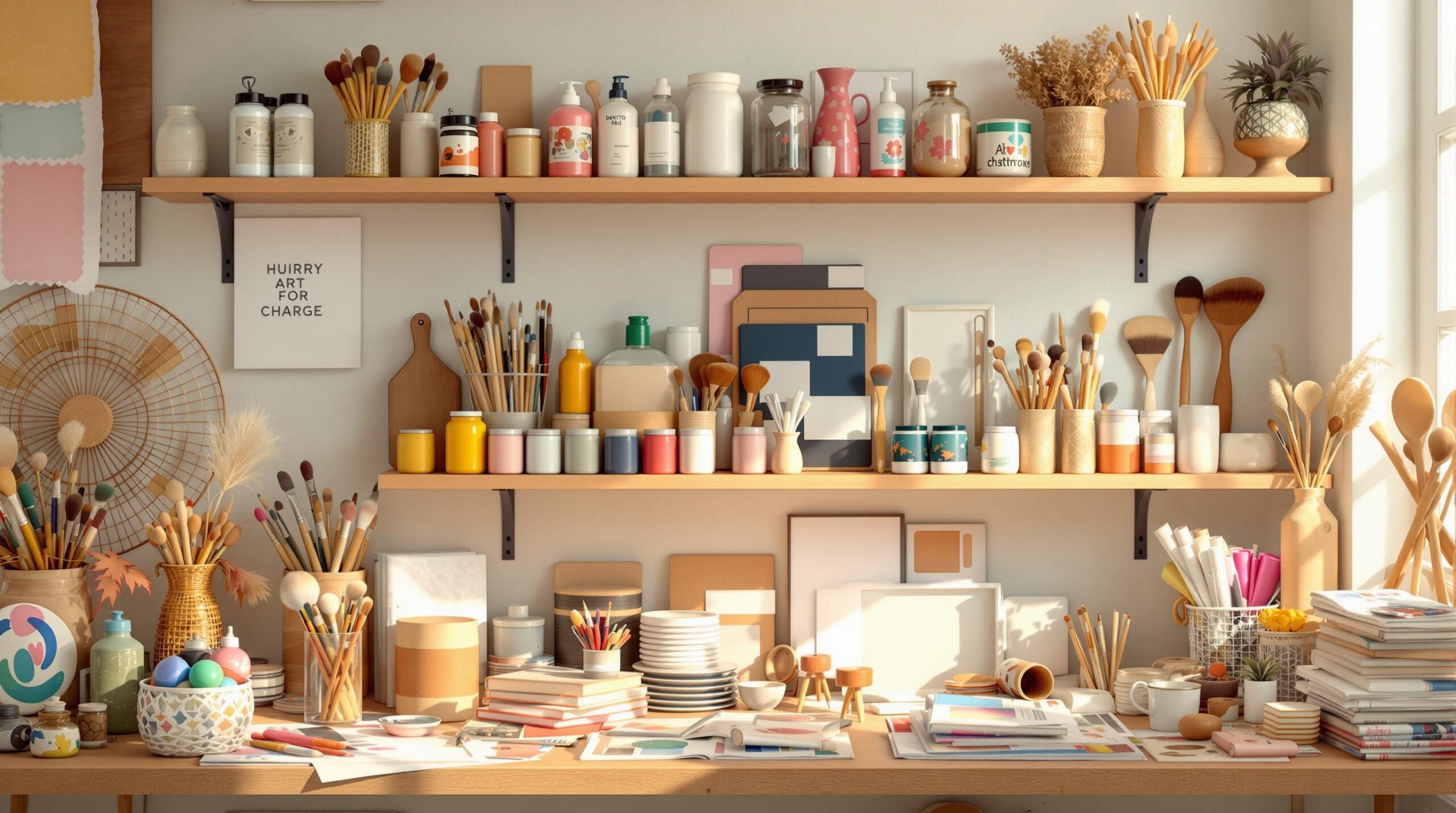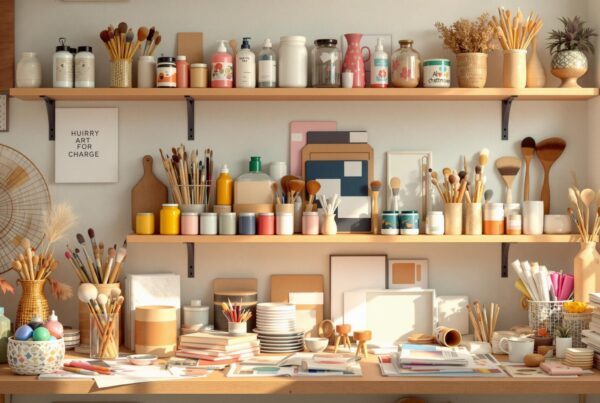Mistakes are part of learning to draw, but fixing them early helps you improve faster and avoid bad habits. Here are the most common drawing issues and how to address them:
- Proportion Errors: Use grids or break subjects into simple shapes to keep measurements accurate.
- Shading Problems: Start light, build values gradually, and blend smoothly for realistic depth.
- Inconsistent Line Work: Practice pressure control and vary line weights for a polished look.
- Perspective Issues: Learn one-point perspective and practice vanishing points to add depth.
- Lighting Mistakes: Always define a clear light source to keep shadows and highlights consistent.
Quick Fixes:
- Use "head units" for proportions (e.g., the human body is 7-8 heads tall).
- Create a value scale before shading to ensure smooth transitions.
- Mark light source directions before sketching.
Most Common Drawing Mistakes and How to Solve Them
Recognizing Common Drawing Problems
Every artist encounters challenges in their work. Understanding these common issues can help you pinpoint areas to improve and create a plan to tackle them. Let’s break down why some drawings don’t turn out as expected and how spotting specific problems can boost your progress.
Why Drawings Sometimes Look Off
There are several reasons a drawing might not look right. For example, incorrect perspective – like forgetting that objects appear smaller as they recede – can make a piece feel flat and unrealistic [1].
Another frequent issue is relying too much on hard outlines. Artist Kevin McCain explains:
"Nothing will kill the depth in a drawing quicker than outlining everything." [2]
Instead of outlining, try defining edges using value changes and context. Lighting inconsistencies are another culprit. Without a clear light source, shadows and highlights can seem misplaced, which disrupts the realism of your drawing. Proper shading requires a well-defined light source for contrast and depth [1].
How Spotting Mistakes Helps You Improve
Identifying mistakes in your work allows you to focus on specific areas like perspective or lighting. Once you know what’s off, you can create practice routines to target those weaknesses and refine your skills.
Here’s a quick look at common problem areas and how they affect your work:
| Problem Area | Impact on Drawing | How to Improve |
|---|---|---|
| Perspective | Flat, unrealistic depth | Practice linear perspective and vanishing points |
| Value Control | Weak contrast and dimension | Work on gradients and shading techniques |
| Line Quality | Sloppy, unprofessional look | Focus on consistent stroke pressure |
| Light Sources | Unrealistic or confusing shadows | Use a single, clear light source for practice |
Improving your art isn’t about criticizing yourself – it’s about understanding what to work on. By identifying specific challenges, you can practice more effectively and track your growth over time.
Now that we’ve covered the common problems, let’s dive into practical ways to fix them.
Fixing Common Drawing Mistakes
Improving your drawing skills often means tackling common challenges head-on. Let’s explore practical ways to address some frequent issues that can hold back your artwork.
Fixing Proportion Errors
Struggling with proportions? Simplify your subject by breaking it into basic shapes or use a grid system to guide your measurements. A handy tip is to use "head units" – for example, an adult body is typically 7-8 heads tall. This method helps you maintain balanced proportions throughout your work.
Improving Shading Techniques
Shading adds depth and realism, but pressing too hard with your pencil can limit your ability to create smooth value transitions. As Kevin McCain Studios explains:
"It takes time with graphite to establish rich darks… Learning to see and increase the value range in your drawing will help your drawings have more visual impact and more depth." [2]
Here’s how to improve your shading:
- Use quality drawing paper and start with light pressure to gradually build values.
- Blend with tools like tortillons or tissue for smoother transitions.
- Create a value scale before starting to ensure a full range of light to dark tones.
Making Line Work Consistent
Clean, confident lines can elevate your drawing to a professional level. Consistent line work not only clarifies your piece but also adds depth and focus. Experiment with varying line weights to bring emphasis and dimension to your artwork:
| Line Type | Purpose | Technique |
|---|---|---|
| Light Lines | Initial sketching | Use minimal pressure and a loose grip. |
| Medium Lines | Main forms | Keep a steady hand with moderate pressure. |
| Heavy Lines | Foreground emphasis | Apply controlled pressure with slower strokes. |
Understanding Perspective Rules
Perspective is key to creating realistic drawings. Start with one-point perspective to grasp the basics. Practice drawing simple boxes and cubes to understand how parallel lines meet at a vanishing point. This foundational skill will make your work look more structured and lifelike.
Keeping Light and Shadow Consistent
Inconsistent lighting can throw off your entire composition. To keep shadows and highlights in check, sketch arrows to indicate your light source before you begin. Here are some tips to keep in mind:
- Cast shadows should extend away from the light source.
- Shadows are darkest near the object and fade as they stretch out.
- Textures influence how light reflects off surfaces.
- Use smooth value transitions for rounded forms, but stick to sharp contrasts for flat surfaces. [1]
With these adjustments, focus on practicing regularly and using the right tools to refine your skills further.
sbb-itb-7cb3038
Exercises and Tools to Improve Drawing Skills
Practice Proportions and Perspective
Start by mastering basic shapes like cubes and spheres. Drawing these from various angles helps you understand how objects look in three-dimensional space.
Here are a few exercises to sharpen your skills:
- Gesture Drawing: Quickly sketch people in 30-60 second intervals to improve your sense of proportions.
- Grid Method: Use a grid on both your reference image and paper to keep proportions accurate.
- Perspective Box Challenge: Draw boxes at different heights and angles to practice working with vanishing points.
Shading and Blending Practice
| Tool | Purpose | Tips for Use |
|---|---|---|
| Blending Tools | Smooth transitions and highlights | Use light circular motions; mold erasers for precise highlights |
| Graphite Pencils | Building value | Start with light pressure and darken gradually |
Before diving into shading, create a value scale to ensure you can achieve a full range of tones. Focus on making smooth transitions between light and dark areas, gradually building depth for a more realistic look.
Line Work Drills for Better Control
Confident line work comes from practicing pressure control. These drills can help:
- Parallel Lines: Draw straight lines with even spacing to improve consistency.
- Smooth Curves: Practice drawing circles and flowing curves for better precision.
- Weight Variation: Experiment with strokes that shift from thin to thick.
For more realistic results, use shading to define edges rather than relying on hard outlines [1]. Start with a light touch – you can always add more depth as needed.
Traditional techniques are key to building strong drawing skills, but digital tools can also be a helpful addition. They let you experiment with corrections and adjustments, giving you more room to refine your work [3].
Resources to Keep Learning
Hobbify

Hobbify offers both free resources and premium plans starting at $9.99/month. They cater to beginners, intermediate learners, and advanced artists, providing structured learning paths to tackle common drawing challenges and improve technical skills. Their courses are designed to help you grow step-by-step, making it easier to build confidence and refine your craft.
Learning Resources and Communities
Books like The New Drawing on the Right Side of the Brain by Betty Edwards and The Natural Way to Draw by Kimon Nicolaides are packed with exercises to sharpen your perception, improve proportions, and strengthen basic drawing techniques. For online instruction, platforms like Proko and New Masters Academy offer in-depth lessons on figure drawing and classical methods [4].
Joining art communities is another great way to grow. Platforms like DeviantArt and r/learndrawing allow you to share your work and get constructive feedback. Whether you’re struggling with perspective, shading, or line work, these spaces provide tailored advice to help you improve.
"The best way to learn drawing is by doing. Practice regularly and don’t be afraid to make mistakes." – Stan Prokopenko, Artist and Instructor at Proko [4]
These resources align with the exercises discussed earlier, offering both structured learning and community-driven support. Whether you’re refining proportions, mastering shading, or perfecting your line work, these tools can help you take your skills to the next level.
Conclusion: Mistakes Are Part of Learning to Draw
Drawing is a journey where every mistake plays a role in your progress. Building strong drawing skills takes practice and patience, with each misstep helping you better understand visual principles and sharpen your eye for detail [1][2].
Learn From Mistakes: Think of mistakes as valuable feedback. Spotting issues in areas like perspective, shading, or line work helps you develop analytical skills that are key to improving as an artist.
Practice With Purpose: Set aside time to focus on specific skills, like proportions or line control. Regular, focused practice builds confidence and hones your techniques. The tools and exercises mentioned in this guide can help you target areas where you want to improve.
Drawing is all about consistency and dedication. By keeping a positive mindset and applying the strategies shared here, you’ll keep growing as an artist. Every sketch, every adjustment, and even every mistake brings you closer to mastering your craft.









